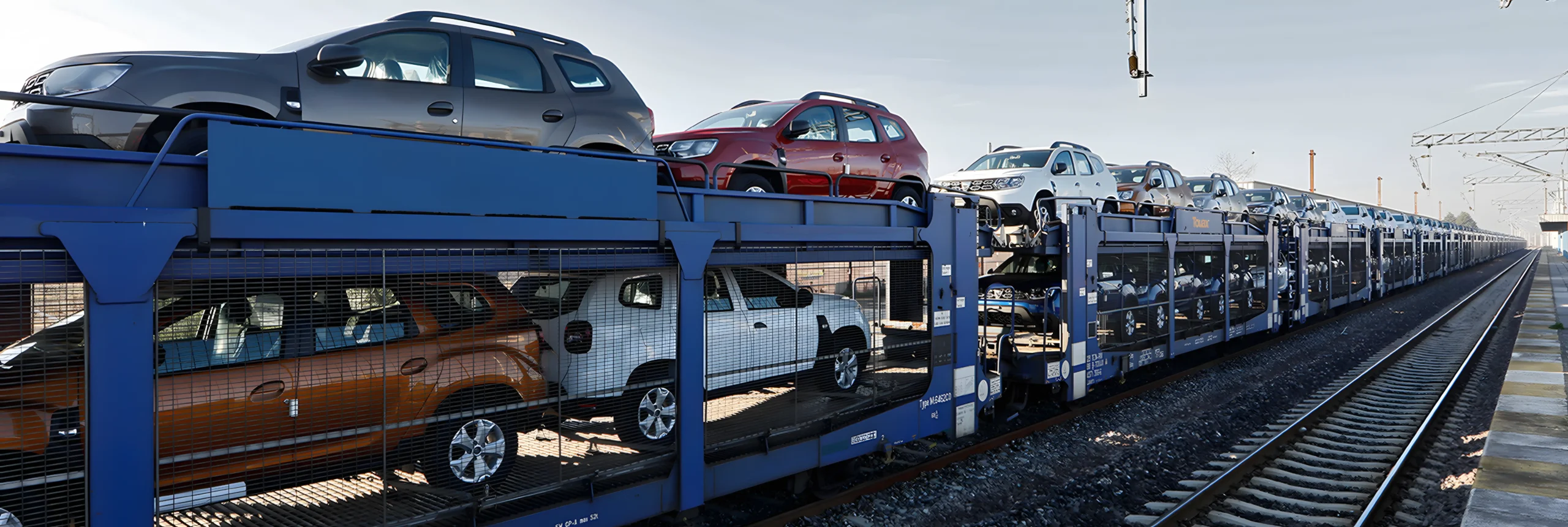
Excessive transportation costs due to lack of planning, empty/partial movements, or prices above the market levels.
Multiple DCs and inventories all around North America. High level of shrinkage and obsolesce. There was a disconnection between demand forecasting and production.
High number of inbound flows and lack of control of the movements from different plants, vendors and DCs.
Multiple data sources were non-harmonized and disconnected. Low data quality from plants, DCs and logistics suppliers.
Need to realign selection processes and compliance protocols for the company. Preparation for a new RFQ process for all transport modes and logistics services.
Mapping of all flows, gathering of all information and data source collection combined with in-plant face-to-face meetings.
Definition of functions, protocols and rules for all players in the supply chain and supportive areas. Actualization of business needs and requirements according to new corporate strategy considering local needs.
We configured and redesigned the new network to the business strategy, processes, rules, protocols, and databases, together with an interactive visibility platform.
The engineering and data science teams identified areas of opportunity and development projects for evolving the customer’s supply chain.

We created the supply chain’s data foundation of the ecosystem according to the customer’s specific needs. We identified all potential data sources (internal and external).
We connected all systems and participants with the IT department and set the rules of engagement moving forward (RFQ requirements).
Our team cleaned up the existing information and harmonized the criteria of the new data foundation for the supply chain.
Our data science team developed a Power BI interactive dashboard for the different parts of the supply chain, giving an end-to-end visibility and control tool.
We set the foundational layer for having real-time information, a machine learning tool for business intelligence and automated basic decision protocols based on Google Solutions.
The customer received a full document outlining the current situation and areas of opportunity by our supply chain and data science experts.
We successfully designed the new supply chain network, business rules, protocols and requirements for all participants.
Our team developed the new data strategy of the supply chain area while connecting all systems (internally and externally)
The data analytics team led the clean-up and harmonization of all the available data while setting up the future parameters.
We delivered a visibility platform that enhanced the control, decision-making process and capabilities of the company.
Our engineering team presented a list of continuous improvement projects for generating additional savings, efficiencies and performance boost.
By eliminating inefficiencies and improving the pricing model.
We identified an excess of inventory vs demand forecasting, developed the business case to eliminate locations and improved the warehouse processes for reducing the shrinkage.
We introduced the multi-buyers and multi-country consols and the round trips concept for high-frequency lanes.
Our team identified and structured different projects throughout the supply chain.